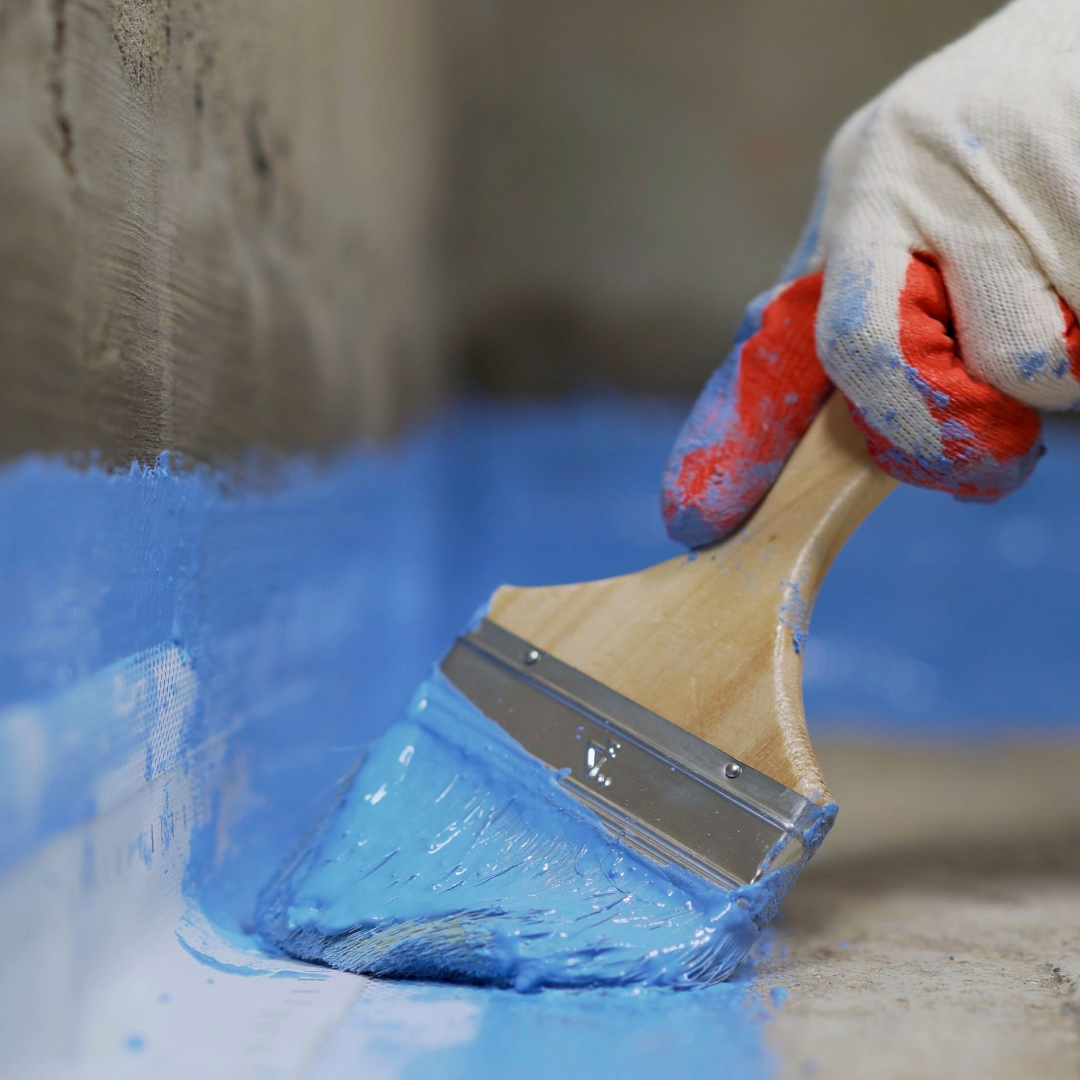The new ABCB Housing Provisions standard is part of a significant format change to the National Construction Code (NCC). The Housing Provisions document sets out ‘deemed-to-satisfy provisions’ related to waterproofing wet areas, including a critical NCC update to requirements for shower walls in residential applications.
In this feature, we’re presenting an overview of the changes and defining the terms most commonly referred to in this legislation.
The National Construction Code (NCC) Volume 2 sets out the following ‘Deemed-to-Satisfy Provisions’ for Class 1 dwellings:
Compliance with AS 3740 or Part 10.2 of the ABCB Housing Provisions satisfies Performance Requirement H4P1 for wet areas, provided the wet areas are protected in accordance with the appropriate requirements of 10.2.1 to 10.2.6 and 10.2.12 of the ABCB Housing Provisions.
The ABCB Housing Provisions determines that building elements in wet areas within a building must be protected with a waterproofing system. This system must be either waterproof or water-resistant in accordance with clauses 10.2.2 to 10.2.6.
Note for SA Members: South Australia has state variations related to the opening clause (10.2.1 Wet Areas). Don’t hesitate to get in touch with our office to learn more.
Before we set out the system requirements, let’s get a clear understanding of the difference between waterproof and water-resistant.
What’s the difference between ‘waterproof’ and ‘water resistant’?
Waterproof means the property of a material that does not allow moisture to penetrate through it.
The following materials used in waterproofing systems are deemed to be waterproof:
- Stainless steel
- Flexible waterproof sheet flooring material with waterproof joints
- Membranes complying with AS/NZS 4858 and
- Waterproof sealant
Water Resistant means the property of a system or material that restricts moisture movement and will not degrade under conditions of moisture.
Typically, a wet area surface will consist of a water-resistant surface installed over a water-resistant substrate. Types of water-resistant substrates include:
Walls
- Concrete complying with AS 3600, treated to resist moisture movement.
- Cement render, treated to resist moisture movement
- Compressed fibre-cement sheeting manufactured in accordance with AS/NZS 2908.2
- Water-resistant plasterboard sheeting
- Masonry in accordance with AS 3700, treated to resist moisture movement
Floors
- Concrete complying with AS 3600
- Concrete slabs complying with AS 2870
- Compressed fibre-cement sheeting manufactured in accordance with AS/NZS 2908.2 and supported on a structural floor
Water-resistant surface materials include:
Walls
- Thermosetting laminate
- Pre-decorated compressed fibre-cement sheeting manufactured in accordance with AS/NZS 2908.2
- Tiles, when used in conjunction with a substrate listed above
- Water-resistant flexible sheet wall material with sealed joints when used in conjunction with a substrate listed above
- Sanitary-grade acrylic linings
Floors (when used in conjunction with a substrate listed above)
- Tiles
- Water-resistant flexible sheet flooring material with sealed joints
- Concrete treated to resist moisture movement
Prior to the NCC 2022 update, the Code indicated that shower walls should be water-resistant. It should be noted that the revisions now stipulate that the shower area walls must be waterproof not less than 1800 mm above the floor substrate.
With respect to Shower Areas, the Housing Provisions document sets out the following:
For a shower area with a hob, step-down or level threshold, the following applies:
(a) the floor of the shower area must be waterproof, including any hob or step-down
(b) the walls of the shower area must be waterproof not less than 1800 mm above the floor substrate
(c) wall junctions and joints within the shower area must be waterproof not less than 40 mm either side of the junction
(d) wall/floor junctions within the shower area must be waterproof
(e) penetrations within the shower area must be waterproof.
A shower with a preformed shower base must comply with (b) to (e) above.
Where a shower is located above a bath or spa, the requirements for a shower should be used.
We’ve summarised the comprehensive requirements for waterproofing to all wet areas in our all-new Technical Bulletin: Waterproofing in Wet Areas which is free for Members to download. Also keep an eye out in the member portal on Friday, for a Bulletin covering new standards for Falls and Floor Wastes in Wet Areas.







0 Comments